- Home
- What is wildlife gardening?
What benefits do wildlife gardeners get?
All gardeners derive enjoyment from their gardens – that’s why we garden. But wildlife gardeners experience a whole new dimension of enjoyment from the colour, life, movement and interest our wildlife brings, and from the knowledge that we are doing what we can to help nature.
Understanding how gardens ‘work’ as ecological habitats helps us to be better gardeners, grow better produce and save money. But gardens are also often where our children first learn about nature and living creatures, as well as how food is grown.
We are beginning to understand the many important ways in which getting close to nature helps people’s mental and physical health and happiness, quite apart from the general exercise benefits of being an active gardener. This extends beyond individual gardens, and we now know that whole communities benefit from gardens and green spaces full of wildlife.
If you are new to wildlife gardening, give it a try - gardening for wildlife will bring you lots of satisfaction. And if you already garden for wildlife, spread the word.
What is Wildlife Gardening?
It’s very tempting to write complicated definitions of Wildlife Gardening, but they really don’t help anyone. Here are the key points as we see them and you can find the facts behind them in the rest of our website:
Most ordinary gardens support lots of wildlife
In the last 30 or so years, it has been discovered that ordinary gardens can be among the most diverse habitats in the UK, bursting with extraordinary numbers of species, especially of plants, insects and other invertebrates, the little animals without backbones. They also host a good number of bird, mammal, amphibian and reptile species that either live in your garden or come in to feed.
Garden wildlife pioneer Dr Jenny Owen found that over 8,000 insect species are likely to use gardens and, while a few can be a nuisance, many are friends to the gardener and can add colour and life to your plot. Gardens don’t support many rare or specialist species because these generally need very particular habitats. And some gardens – especially those dominated by hard landscaping and bereft of plants and water – can be very poor for wildlife.
But the starting point is that ALL gardens have wildlife in them - whether we like it or not!
Our gardens are an important resource for wildlife.
Your garden may seem small - although it’s enormous to many invertebrates - but UK gardens together comprise an area 1/5th the size of Wales. Because our land is such a crowded place, gardens are very numerous and widespread, with the potential to link areas of the country together with “stepping stones” of good habitat allowing species to migrate and populations to connect.
The quality of the countryside for wildlife is deteriorating as more is managed intensively and damaged by pollution. The 2013 State of Nature Report showed 60% of our wildlife is in decline, which means that gardens and other remaining high quality habitats are getting ever more important.
Unpredictable changes in wildlife resulting from climate change could make gardens even more important. It’s not just gardeners that need to know this - so should politicians and planners. Even though the creatures that live in gardens tend to be commoner species, they are important because many are big players in the ecology of the UK.
Looking after your garden wildlife is one of the best ways that you can help nature thrive by your own efforts.
Does garden wildlife need a ‘wildlife garden’?
The risk with the term 'wildlife garden' is that it makes them appear to be different to other types of garden. It could also encourage people to allocate just a proportion of their garden to wildlife and the rest for other uses. The reality is that wildlife lives throughout people's gardens. One aspiration for the Wildlife Gardening Forum is that people will integrate their efforts for wildlife with every other use they have for their gardens.
One persistent myth is that to be good for wildlife a garden has to be 'wild' or 'unruly'. Wildlife is quite happy with straight lines and symmetry and beautiful design as long as its ecological needs are met. Some of the most beautiful gardens in the UK are rich in wildlife. On the other hand, an abandoned, 'wild' garden, overgrown with brambles, ivy and nettles, will have lost much of its mix of plants and sub-habitats (flower beds, lawns, veg patch). It may contain plenty of wildlife too, but it will be different in character, and may be less diverse than in a typically managed garden.
So if you watch, look after and value your wildlife, then feel free to call your plot a ‘wildlife garden’, but gardens can be great for wildlife, whether or not they are called a ‘wildlife garden’.
What makes someone a ‘Wildlife Gardener’?
Being a wildlife gardener means you can still grow the flowers you love, harvest food, indulge your design ideas or have a playground for the kids (and the dog).
The key thing about wildlife gardeners is that they are aware of and interested in the creatures in their garden and they manage their gardens with wildlife in mind.
Wildlife gardeners consider how their gardening choices could affect their wildlife. You can make some changes to encourage wild creatures you love, and you may stop or reduce some of the things you have been doing, because they can be damaging for your wild friends. This website will give you the facts to help you make these choices.
It’s up to you what you do and how much you do to help garden wildlife. There are no strict rules, and everyone’s garden will be different - that’s half the fun.
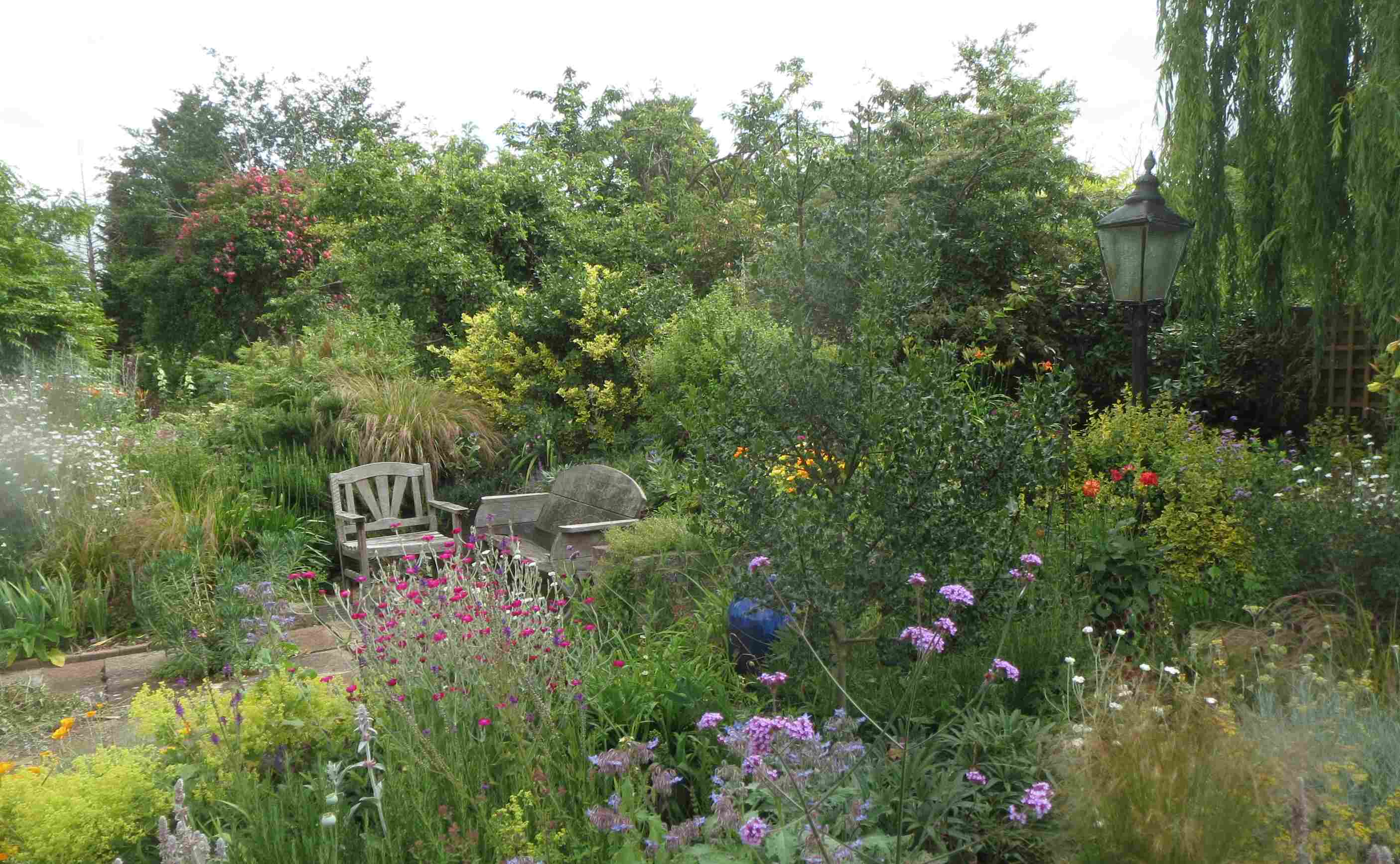
A beautiful garden can be a beautiful habitat too
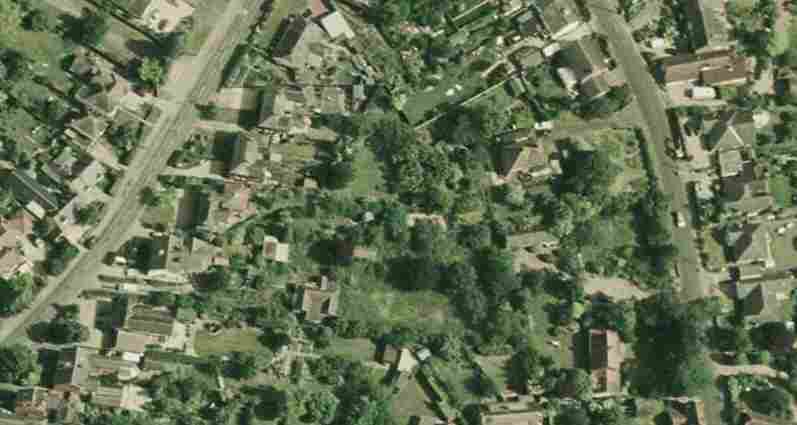
Your garden may be small - but it links with others to make a big habitat.
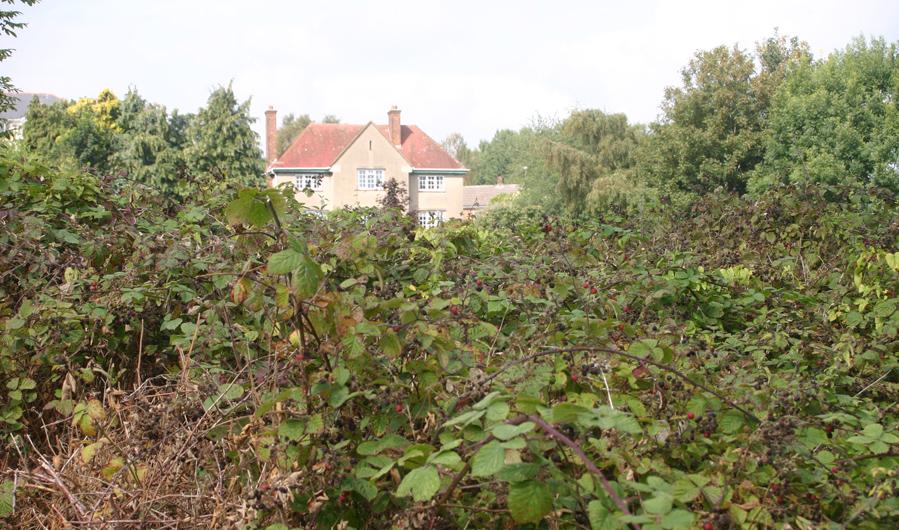
This wild and unkempt mess is probably less good for a range of wildlife than a tidy but diversely planted ordinary garden.
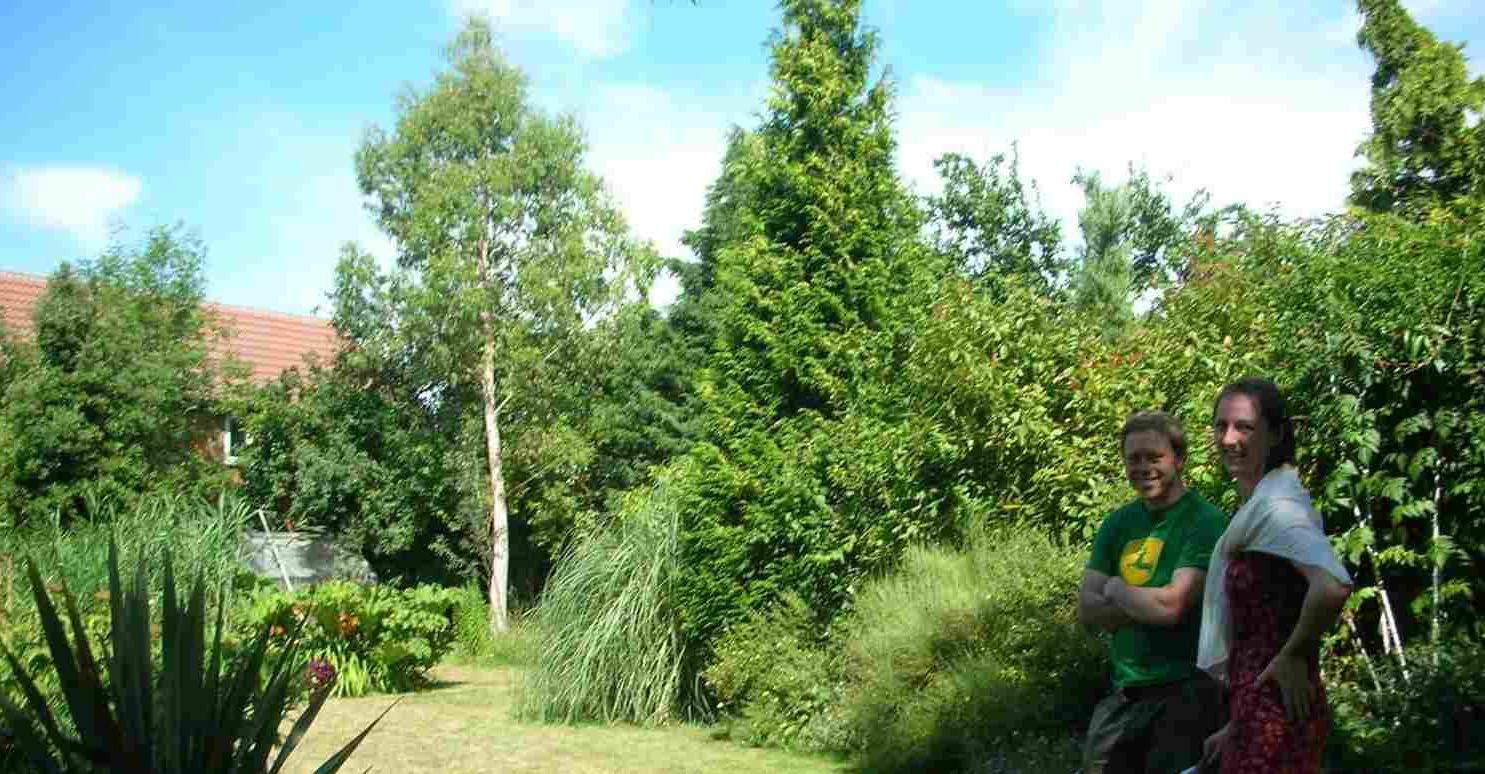
Your garden is meant to be enjoyed, and looking after wildlife is really enjoyable!
What is Wildlife Gardening?
It’s very tempting to write complicated definitions of Wildlife Gardening, but they really don’t help anyone. Here are the key points as we see them and you can find the facts behind them in the rest of our website:
Most ordinary gardens support lots of wildlife
In the last 30 or so years, it has been discovered that ordinary gardens can be among the most diverse habitats in the UK, bursting with extraordinary numbers of species, especially of plants, insects and other invertebrates, the little animals without backbones. They also host a good number of bird, mammal, amphibian and reptile species that either live in your garden or come in to feed.
Garden wildlife pioneer Dr Jenny Owen found that over 8,000 insect species are likely to use gardens and, while a few can be a nuisance, many are friends to the gardener and can add colour and life to your plot. Gardens don’t support many rare or specialist species because these generally need very particular habitats. And some gardens – especially those dominated by hard landscaping and bereft of plants and water – can be very poor for wildlife.
But the starting point is that ALL gardens have wildlife in them - whether we like it or not!

A beautiful garden can be a beautiful habitat too
Our gardens are an important resource for wildlife.
Your garden may seem small - although it’s enormous to many invertebrates - but UK gardens together comprise an area 1/5th the size of Wales. Because our land is such a crowded place, gardens are very numerous and widespread, with the potential to link areas of the country together with “stepping stones” of good habitat allowing species to migrate and populations to connect.
The quality of the countryside for wildlife is deteriorating as more is managed intensively and damaged by pollution. The 2013 State of Nature Report showed 60% of our wildlife is in decline, which means that gardens and other remaining high quality habitats are getting ever more important.
Unpredictable changes in wildlife resulting from climate change could make gardens even more important. It’s not just gardeners that need to know this - so should politicians and planners. Even though the creatures that live in gardens tend to be commoner species, they are important because many are big players in the ecology of the UK.
Looking after your garden wildlife is one of the best ways that you can help nature thrive by your own efforts.

Your garden may be small - but it links with others to make a big habitat.
What makes someone a ‘Wildlife Gardener’?
Being a wildlife gardener means you can still grow the flowers you love, harvest food, indulge your design ideas or have a playground for the kids (and the dog).
The key thing about wildlife gardeners is that they are aware of and interested in the creatures in their garden and they manage their gardens with wildlife in mind.
Wildlife gardeners consider how their gardening choices could affect their wildlife. You can make some changes to encourage wild creatures you love, and you may stop or reduce some of the things you have been doing, because they can be damaging for your wild friends. This website will give you the facts to help you make these choices.
It’s up to you what you do and how much you do to help garden wildlife. There are no strict rules, and everyone’s garden will be different - that’s half the fun.
Does garden wildlife need a ‘wildlife garden’?
The risk with the term 'wildlife garden' is that it makes them appear to be different to other types of garden. It could also encourage people to allocate just a proportion of their garden to wildlife and the rest for other uses. The reality is that wildlife lives throughout people's gardens. One aspiration for the Wildlife Gardening Forum is that people will integrate their efforts for wildlife with every other use they have for their gardens.
One persistent myth is that to be good for wildlife a garden has to be 'wild' or 'unruly'. Wildlife is quite happy with straight lines and symmetry and beautiful design as long as its ecological needs are met. Some of the most beautiful gardens in the UK are rich in wildlife. On the other hand, an abandoned, 'wild' garden, overgrown with brambles, ivy and nettles, will have lost much of its mix of plants and sub-habitats (flower beds, lawns, veg patch). It may contain plenty of wildlife too, but it will be different in character, and may be less diverse than in a typically managed garden.
So if you watch, look after and value your wildlife, then feel free to call your plot a ‘wildlife garden’, but gardens can be great for wildlife, whether or not they are called a ‘wildlife garden’.
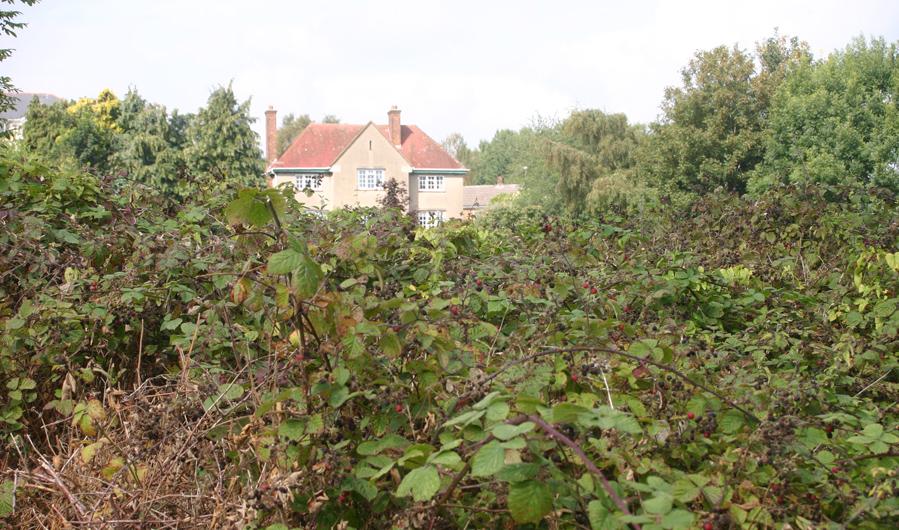
This wild and unkempt mess is probably less good for a range of wildlife than a tidy but diversely planted ordinary garden.
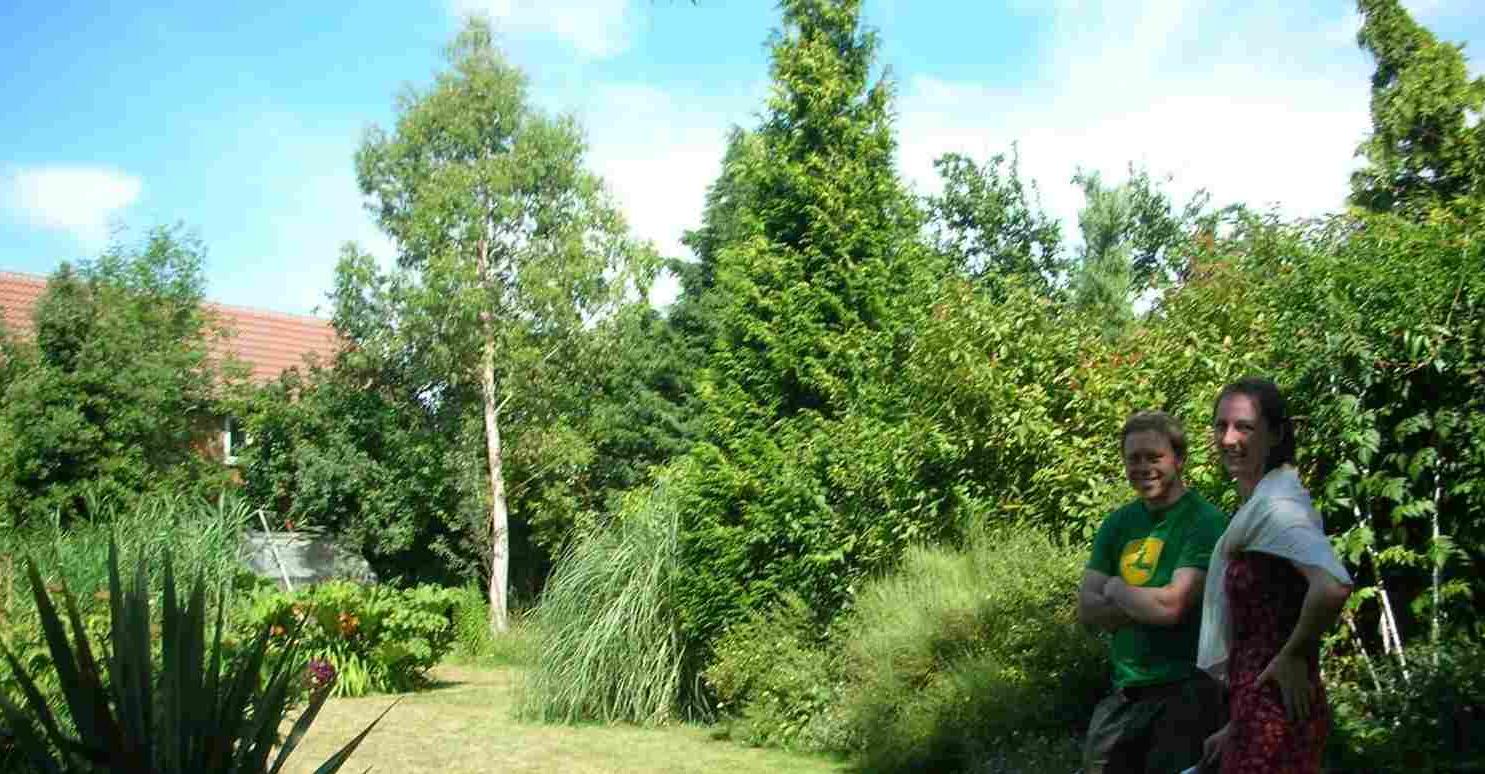
What benefits do wildlife gardeners get?
All gardeners derive enjoyment from their gardens – that’s why we garden. But wildlife gardeners experience a whole new dimension of enjoyment from the colour, life, movement and interest our wildlife brings, and from the knowledge that we are doing what we can to help nature.
Understanding how gardens ‘work’ as ecological habitats helps us to be better gardeners, grow better produce and save money. But gardens are also often where our children first learn about nature and living creatures, as well as how food is grown.
We are beginning to understand the many important ways in which getting close to nature helps people’s mental and physical health and happiness, quite apart from the general exercise benefits of being an active gardener. This extends beyond individual gardens, and we now know that whole communities benefit from gardens and green spaces full of wildlife.
If you are new to wildlife gardening, give it a try - gardening for wildlife will bring you lots of satisfaction. And if you already garden for wildlife, spread the word.














